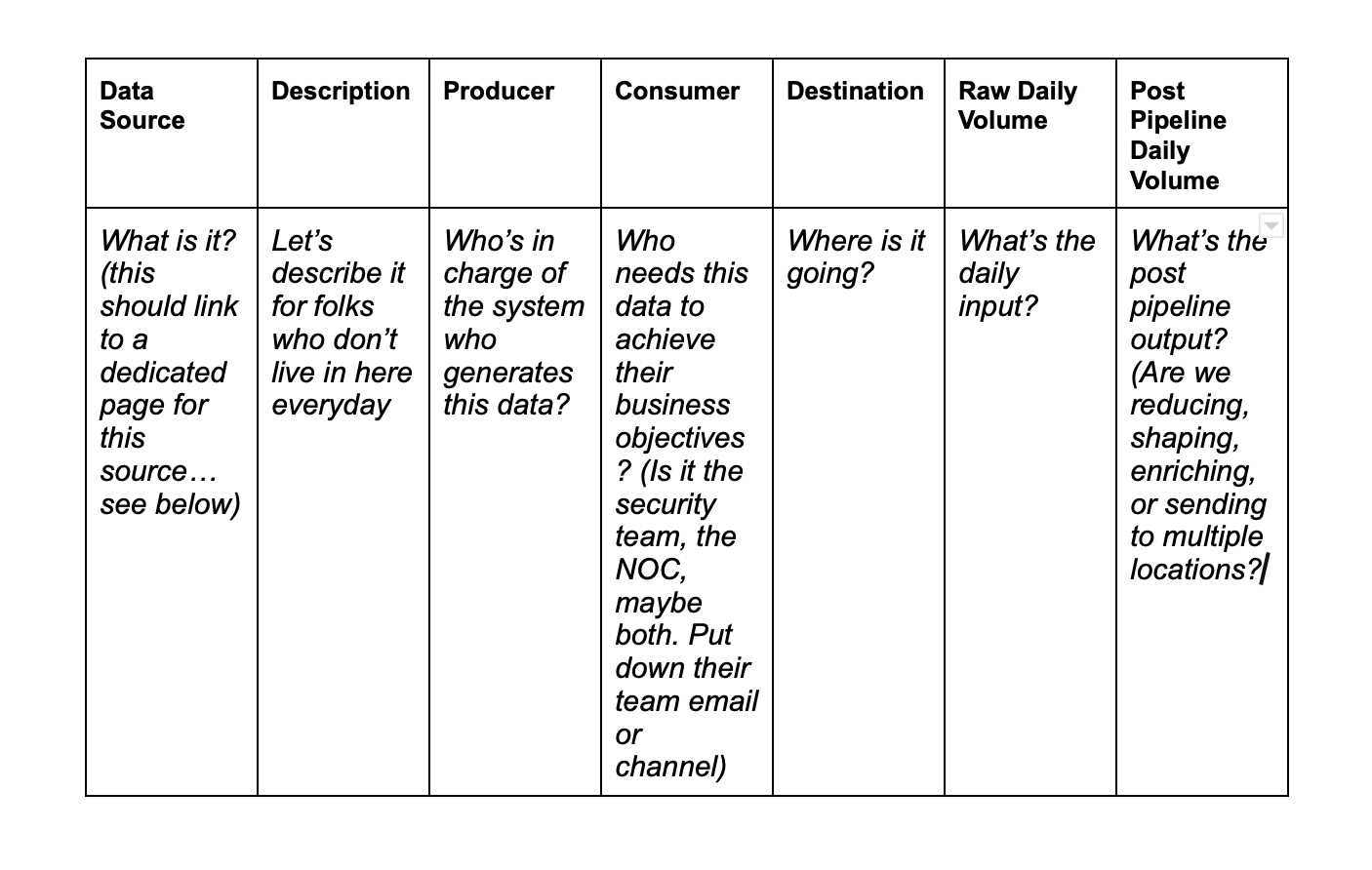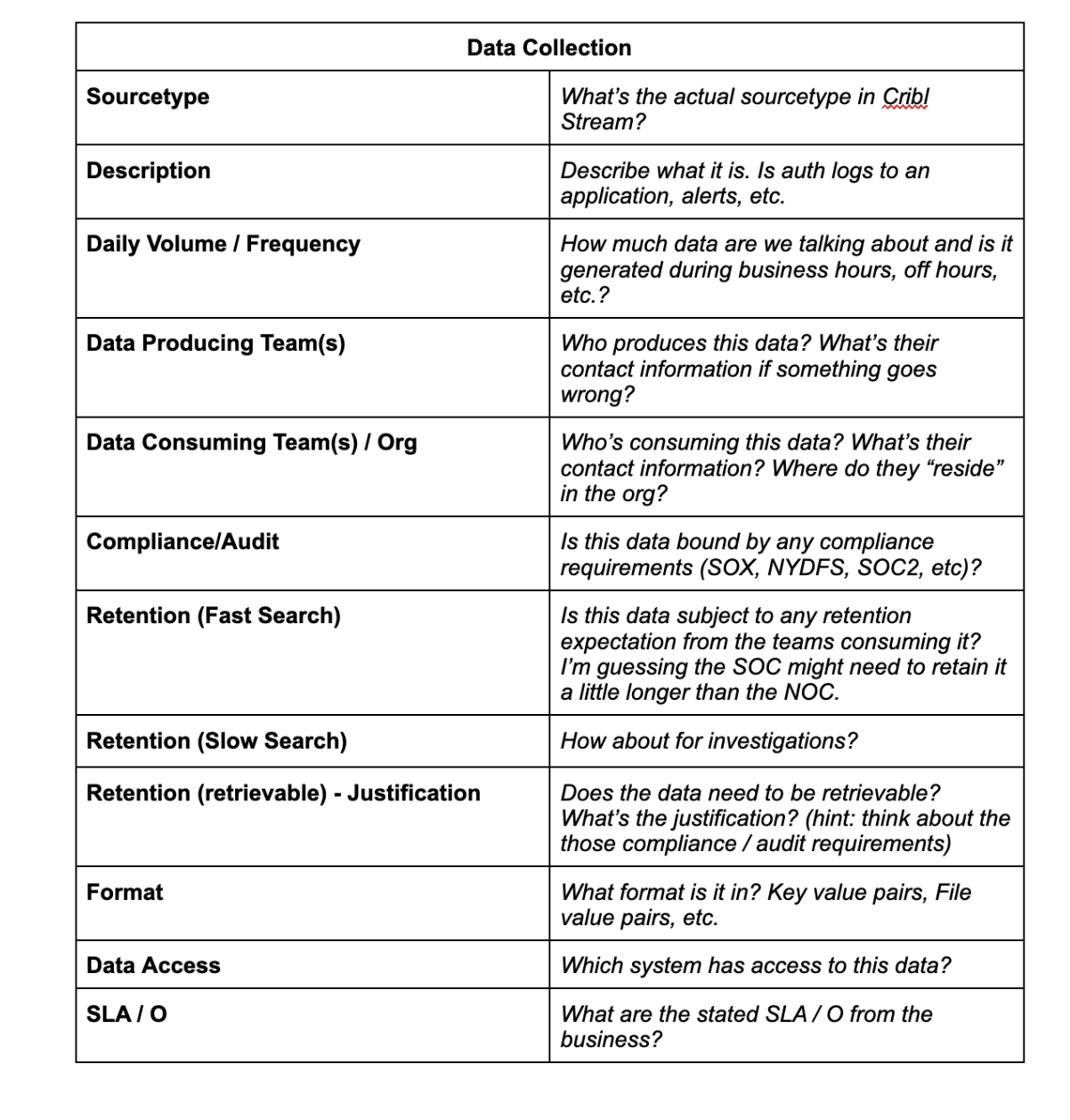A few weeks back, I got the chance to sit down with our very own Jordan Perks from the Cribl Customer Success Team. Jordan is an Observability subject matter expert AND knows a thing or two about Cribl Products! After geeking out a bit about observability data best practices, we started chatting about enabling our customer champions to have different conversations with stakeholders across their organizations. When someone becomes an observability engineer, they step into a much different role. They become the glue between the data producers and data consumers. By implementing observability data best practices, you’ll set your team up for success – now and in the future.
As a newly minted enabler, the Observability Engineer becomes a data steward charged with guiding folks through better practices when getting started with any observability pipeline platforms and documentation and communication are such a big part of succeeding in this role. So with that, I thought we should share some of Jordan’s data documentation templates. These might seem like small details in your getting data in (GDI) process but they tend to become a huge part of a successful deployment for our customers.
Maybe you’ve just started with Cribl? Or maybe you’re a seasoned veteran looking for a few best practices as you take on a new challenge. Regardless, a little bit of organization will go a long way as you get started. Putting together a data lexicon for newcomers to the project is a great way to communicate the value and dependencies of your observability pipelines. This post isn’t revolutionary by any means, but it can certainly save you some time when putting together your data infrastructure, even if you’re just playing around with Cribl products for the first time. We suggest publishing this type of documentation in your company’s team collaboration tool of choice (Confluence, SharePoint, Google Drive, Asana, or Slack [don’t forget to pin it!])
Top Level Data Documentation Template for Observability Data Documentation Best Practices

Data Source Documentation Template

Use Case(s) Documentation Template

And last but not least…
Impact Documentation Template

Wrap up on Observability Data Documentation Best Practices
Now, these might not be helpful to you right away, but if you adopt a documentation best (or better practice) right from the start, it creates great momentum as the program evolves. If you’re ready to try this out on your own, feel free to copy these templates into your own collaboration tool, give @Jordan kudos in the Cribl Community Slack and let us know how it goes.
TL:DR?
Determine data sources
Determine the producer
Identify the consumer
Identify where the data is going
Identity the raw volume and the post – observability pipeline implementation volume
If you haven’t started your Cribl journey yet, don’t sweat. The fastest way to get started with Cribl Stream and Cribl Edge is to try the Free Cloud Sandboxes. Or you can follow our self-led trial documentation here.








